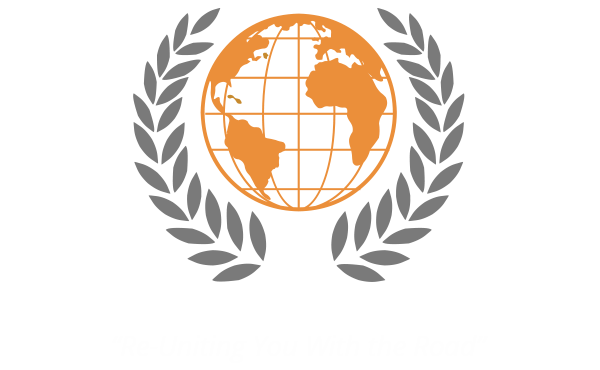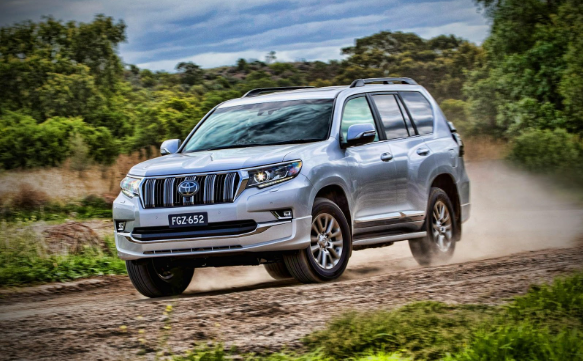Introduction
Pre-owned SUVs are popular for a reason. They give buyers space, flexibility, and comfort without the price tag of a new vehicle. Whether you’re transporting the kids, loading sports gear, or heading out on a weekend road trip, used SUVs get the job done. But like any vehicle that’s had a few miles put on it, they can come with some issues — and one of the most common problems owners deal with is rattling noises.
Hearing a strange rattle when you’re driving around Richmond can make anyone nervous. It might not always be serious, but it’s never something to ignore. Letting a sound like that go unchecked could lead to bigger problems down the road. The good news is, most rattles have a pattern, and with a little guidance, you can get a general idea of where the issue is coming from before calling in the pros.
Identifying The Source Of Rattling Noises
Rattles in pre-owned SUVs can come from a bunch of places. Some are more annoying than serious, while others may be a warning that something needs immediate attention. The important part is figuring out whether it’s a small fix or something that could put you at risk if left alone.
Start by doing a walkaround of the vehicle while it's off. Lightly tap on parts of the body and undercarriage. If the rattle is happening while sitting still, it could be something like a loose heat shield or a part that’s shifted.
If it only happens while you’re driving, listen for when it’s loudest:
- Does it rattle more at high speeds or when you hit a bump?
- Does the sound come from under the hood, underneath, or from inside the cabin?
- Is it louder when turning, accelerating, or braking?
Here are the most common areas where rattling tends to start:
1. Engine Bay – Loose parts like brackets, battery cables, or worn mounts can shake with movement.
2. Exhaust System – Heat shields and clamps rust out and loosen over time, especially in older vehicles.
3. Suspension and Underbody – Bushings, sway bar links, and loose bolts can produce a clunk or rattle when driving over rough roads.
4. Cabin Interior – Glove compartments, cup holders, and rear seat latches are often overlooked but can cause annoying sounds.
Try to listen carefully while driving. For example, if the rattle changes with engine speed, it’s probably linked to something under the hood. If it's only noticeable when going over bumps, it might be suspension or something loose under the car. Getting an idea of where the sound is coming from helps when you bring it in to get looked at, and it speeds up the process of getting it fixed.
Common Causes And Fixes
Once you’ve got a good idea of where the rattle might be coming from, it helps to understand what could actually be causing it. Noises are often tied to wear and tear, especially on pre-owned SUVs that have been through a few years of use. Some fixes might be simpler than others, but either way, they're worth checking out quickly.
Here are some of the most common causes and how they're often dealt with:
- Loose or worn-out parts: Over time, things like bolts, brackets, or even plastic panels can come loose. The fasteners might need to be tightened, or the part could be worn down to the point it needs to be replaced.
- Exhaust system issues: Heat shields commonly rust and come loose. If they shake while the engine runs, you’ll hear it right away. A quick look under the SUV can usually reveal if one’s hanging loose. Also, check for brackets or connections that may have corroded.
- Suspension problems: Rattles that show up when driving over rough pavement or speed bumps could be signs of failing bushings, control arms, or sway bar links. These parts naturally wear out and often make noise before they fully go bad.
For example, one driver noticed a clunking sound every time they went over a speed bump near their Richmond neighborhood. Their initial guess was loose items in the trunk, but a quick inspection revealed a worn sway bar link on the rear passenger side. That small part was easy to miss but made a noticeable difference once replaced.
Pinpointing the exact problem might take a little patience and testing, but dealing with it early can save your SUV from worse trouble down the road.
Professional Help Vs. DIY
It’s natural to wonder whether you can handle a rattling issue yourself. While looking around and listening closely helps you describe symptoms better, most repairs are better left to professionals, especially when it comes to issues that involve safety or specialized tools.
Here are some reasons to go to a pro:
- They can safely lift and check parts underneath your SUV.
- They use diagnostic tools to find problems faster and more accurately.
- Technicians can tell the difference between what sounds serious and what just sounds annoying.
- If it’s suspension, structural, or any part tied to the steering or brakes, these need proper care.
Trying to handle repairs alone without the right tools or experience can lead to more problems and even damage parts that were working fine before. A shop that focuses on used vehicles every day will be more familiar with the kinds of sounds high-mileage SUVs usually make and will know how to fix them the right way. You're better off having the work done right the first time.
Preventative Maintenance Tips For Pre-Owned SUVs
The best way to handle strange rattles is to stop them before they start. Pre-owned SUVs already carry some wear from their previous owners, so maintenance goes a long way to keep them performing well.
Simple habits can help you cut down on rattling components and other early warning signs:
- Regular inspections: Make it a routine to check underneath the vehicle for anything hanging or rusted. Take advantage of oil changes to ask about loose parts.
- Stay on top of maintenance schedules: Fluid changes, tire rotations, and basic tune-ups can also help identify small problems before they grow.
- Watch your driving habits: Avoiding big potholes or curbs can save your suspension and reduce stress on frame mounts and exhaust brackets.
- Keep your interior tight: Close glove compartments, secure your cargo, and check for broken clips or latches that might shake at higher speeds.
If you're in a part of Richmond where the roads get rough during certain seasons, especially with heat and rain wear, checking your SUV more often makes sense. Tricky road conditions tend to speed up suspension wear, and that’s when those rattles seem to come out of nowhere.
Keeping Your Pre-Owned SUV Running Smoothly
A strange rattle doesn’t always mean something’s breaking, but it is your vehicle’s way of asking for attention. Pre-owned SUVs tend to speak up through sounds like these when parts begin to loosen, wear out, or go out of alignment. Listening closely and acting early can stop small repairs from turning into something bigger.
Understanding the source, knowing when to leave it to a professional, and building some good maintenance habits gives you more control over your driving experience. That peace of mind, especially on busy Richmond roads, is worth holding on to. Keeping your SUV running well means all your passengers stay safe and your vehicle stays reliable when you need it most.
If you're looking to keep your SUV in great shape and avoid the hassle of unexpected noises, United Auto Sales is here to help with trusted service and support. Learn more about maintaining and buying quality pre-owned SUVs that are ready for the road ahead.



